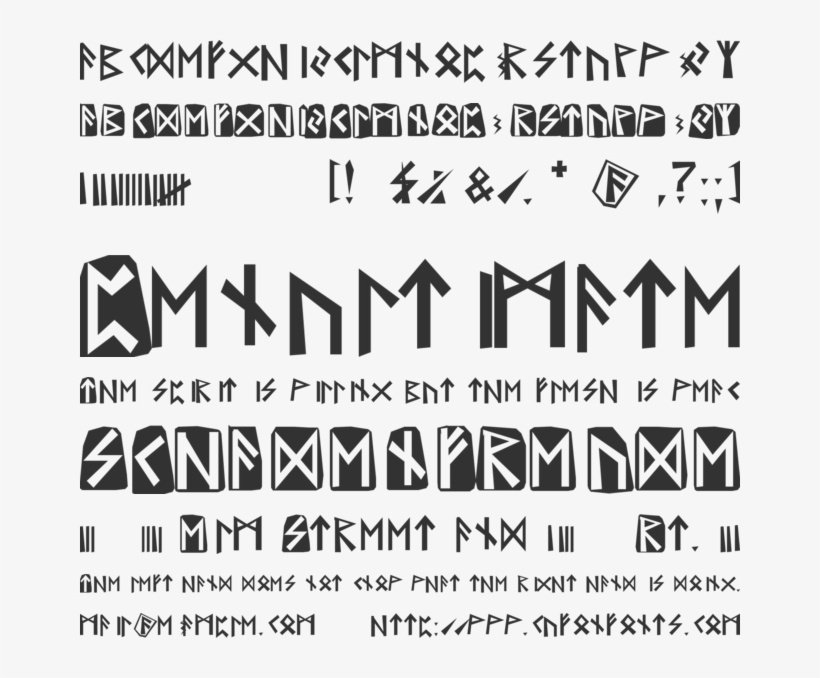
Each font is Unicode™ encoded, and available in different formats. Each font is Unicode™ encoded, and available in dįunction: These fonts support the Basic Latin character set. These fonts support the Basic Latin character set.The application can use this feature to automatically access the superior figures (more legible than scaled figures) for footnotes, or the user can apply it to Mssr to get the classic form. The user applies this feature to turn 2.o into 2.o (abbreviation for secundo).įunction: Replaces lining or oldstyle figures with superior figures (primarily for footnote indication), and replaces lowercase letters with superior letters (primarily for abbreviated French titles). One exception to the follows-a-figure rule is the numero character (U+2116), which is actually a ligature substitution, but is best accessed through this feature. The user enters 3/4 in a recipe and gets the threequarters fraction.įunction: Replaces default alphabetic glyphs with the corresponding ordinal forms for use after figures.


The dashes, bracketing characters, guillemet quotes and the like shift up to match the capitals, and oldstyle figures change to lining figures.įunction: Replaces figures separated by a slash with 'common' (diagonal) fractions. The user selects a block of text and applies this feature. Also, lining figures are the same height (or close to it) as capitals, and fit much better with all-capital text. Some characters should be shifted vertically to fit the higher visual center of all-capital or lining text. By default, glyphs in a text face are designed to work with lowercase characters. A user inputs the P in Poetica, and is presented with a choice of the four standard capital forms, the eight swash capital forms, the initial capital form and the small capital form.įunction: Shifts various punctuation marks up to a position that works better with all-capital sequences or sets of lining figures also changes oldstyle figures to lining figures. Since many-to-one substitutions are not covered, ligatures would not appear in this table unless they were variant forms of another ligature.


This serves several purposes: An application may not support the feature by which the desired glyph would normally be accessed the user may need a glyph outside the context supported by the normal substitution, or the user may not know what feature produces the desired glyph. Function: This feature makes all variations of a selected character accessible.


 0 kommentar(er)
0 kommentar(er)
